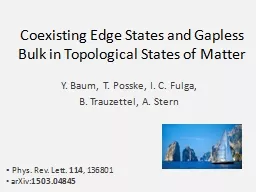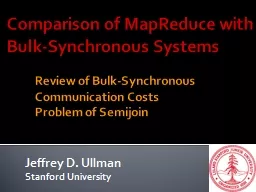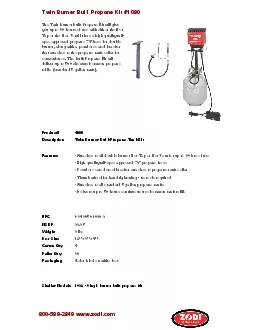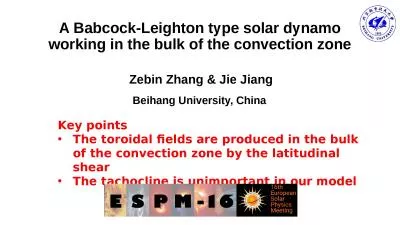PPT-Buy at Bulk Network Design
Author : olivia-moreira | Published Date : 2018-03-22
with Protection Chandra Chekuri Univ of Illinois UrbanaChampaign Optical Network Design Goal install equipment on network light up some fibers in dark network
Presentation Embed Code
Download Presentation
Download Presentation The PPT/PDF document "Buy at Bulk Network Design" is the property of its rightful owner. Permission is granted to download and print the materials on this website for personal, non-commercial use only, and to display it on your personal computer provided you do not modify the materials and that you retain all copyright notices contained in the materials. By downloading content from our website, you accept the terms of this agreement.
Buy at Bulk Network Design: Transcript
Download Rules Of Document
"Buy at Bulk Network Design"The content belongs to its owner. You may download and print it for personal use, without modification, and keep all copyright notices. By downloading, you agree to these terms.
Related Documents














